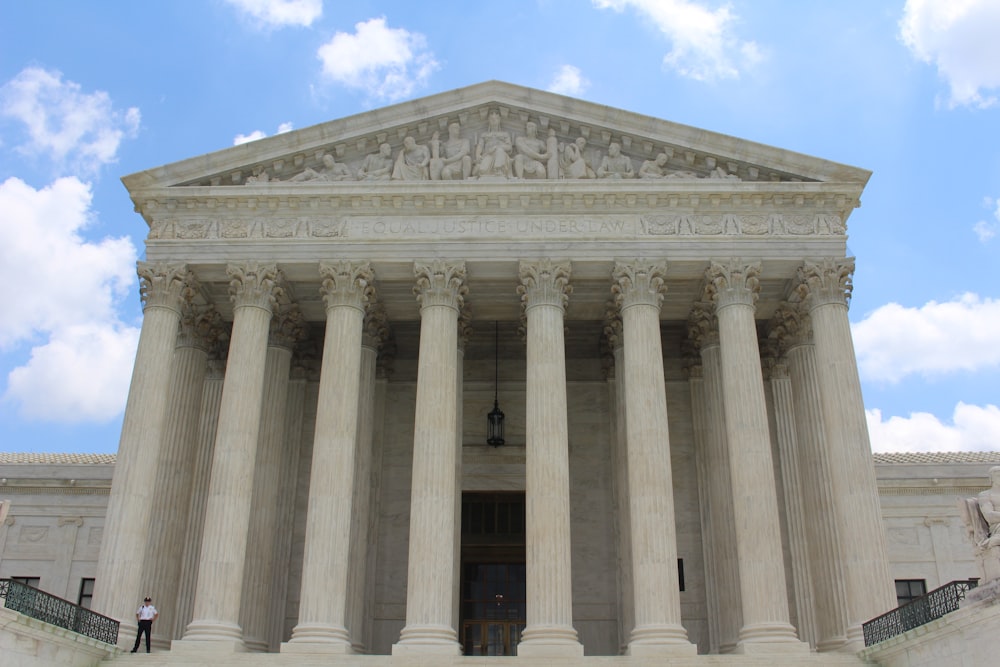Understanding the Legal Framework: Key Components Explained
Introduction
The legal framework serves as the backbone of any legal system, providing the structure and rules that govern society. In this article, we delve into the key components of the legal framework, shedding light on its significance and intricacies.
Laws and Regulations
At the core of the legal framework are laws and regulations, which set out the rules and standards that govern behavior within a society. These laws are established by legislative bodies and may cover a wide range of topics, including criminal law, civil law, and administrative law. Regulations, on the other hand, are rules created by government agencies to implement and enforce the laws passed by the legislature.
Constitutional Principles
Constitutional principles form another essential component of the legal framework, providing the foundation for the structure of government and the protection of individual rights. Constitutions outline the powers and limitations of government institutions, establish the framework for the legal system, and guarantee fundamental rights and freedoms to citizens.
Judicial Precedent
Judicial precedent, or case law, plays a crucial role in shaping the legal framework by establishing legal principles and interpreting statutes and regulations. Courts rely on previous decisions to guide their rulings in similar cases, ensuring consistency and predictability in the application of the law. Precedent also allows the legal system to adapt and evolve over time in response to changing social norms and values.
Legal Institutions
Legal institutions, such as courts, tribunals, and regulatory bodies, are key components of the legal framework, responsible for interpreting and applying the law. Courts adjudicate disputes between parties, interpret statutes and regulations, and ensure that the rule of law is upheld. Regulatory bodies oversee specific sectors of society, enforcing laws and regulations to protect the public interest.
Legal Procedures
Legal procedures outline the process by which legal rights and obligations are enforced within the legal framework. These procedures govern how cases are initiated, investigated, and resolved through the legal system. Legal proceedings must adhere to procedural rules to ensure fairness, efficiency, and due process for all parties involved.
Enforcement Mechanisms
Enforcement mechanisms are essential for maintaining the integrity and effectiveness of the legal framework. These mechanisms include law enforcement agencies, such as the police and regulatory authorities, tasked with investigating alleged violations of the law and taking appropriate enforcement action. Penalties for non-compliance with legal requirements may include fines, imprisonment, or other sanctions.
Legal Rights and Responsibilities
Central to the legal framework are the rights and responsibilities conferred upon individuals and entities within society. These rights protect individuals from arbitrary government action and ensure their freedom of speech, association, and religion. Responsibilities, on the other hand, impose obligations on individuals to respect the rights of others and comply with the law.
Interplay with Social Norms
The legal framework operates within the broader context of social norms and values, which shape and influence the development and interpretation of laws. While laws reflect societal values to some extent, they may also evolve in response to changing social attitudes and expectations. The interplay between the legal framework and social norms is dynamic and complex, impacting how laws are interpreted, enforced, and obeyed.
Global and Comparative Perspectives
Finally, the legal framework may be viewed from global and comparative perspectives, considering how legal systems vary across different countries and regions. Comparative analysis allows for the examination of similarities and differences in legal frameworks, highlighting best practices and areas for improvement. Globalization has also led to increased cooperation and harmonization of laws and regulations across borders, necessitating consideration of international legal frameworks.
Conclusion
In conclusion, understanding the key components of the legal framework is essential for navigating the complexities of the legal system. Laws and regulations, constitutional principles, judicial precedent, legal institutions, procedures, enforcement mechanisms, rights and responsibilities, social norms, and global perspectives collectively shape the legal framework and its operation within society. By grasping these components, individuals can better understand their rights and obligations under the law and contribute to the development of a just and equitable legal system. Read more about Legal framework
